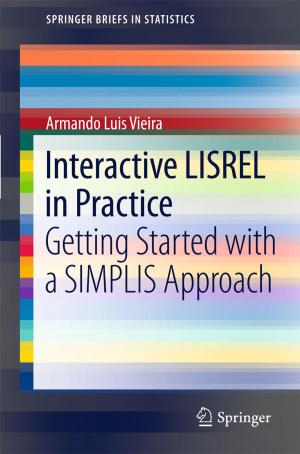| Author: | ISBN: | 9783642741333 | |
| Publisher: | Springer Berlin Heidelberg | Publication: | December 6, 2012 |
| Imprint: | Springer | Language: | English |
| Author: | |
| ISBN: | 9783642741333 |
| Publisher: | Springer Berlin Heidelberg |
| Publication: | December 6, 2012 |
| Imprint: | Springer |
| Language: | English |
"Psychopathology should make clear what we know, how we know, and what we do not know. " "ffYoU thinkyou could eliminate philosophy, and regard it as something irrele vant it will overwhelm you in some obscure tDsguise. This is the point where that bulk of bad philosophy in psychopathological studies originates. " KARL JASPERS Since the publication of KARL JASPERS' General Psychopathology in 1913 at least, it has become obvious that a psychopathologist cannot do without philosophical reflection. If he wants to say anything about disorders of perception and thought, or of the experiencing I, to name the subjects of this book, he must know those disorders and the problems related to them. The phenomena and problems in question are not at all simply empirical (which is to say that they concern the structure and function of the organs of sense or the central nervous system), but conceptual. We have already formed some notions and prejudices concerning those subjects - perception, e. g. , is considered to be "a projection from the outside into the inward", thinking "a kind of inward talk", the I refers to "reflec ting upon me by myself', etc. Unless we think about these ideas critically, we shall fail in describing disorders of experience, thought, and action.
"Psychopathology should make clear what we know, how we know, and what we do not know. " "ffYoU thinkyou could eliminate philosophy, and regard it as something irrele vant it will overwhelm you in some obscure tDsguise. This is the point where that bulk of bad philosophy in psychopathological studies originates. " KARL JASPERS Since the publication of KARL JASPERS' General Psychopathology in 1913 at least, it has become obvious that a psychopathologist cannot do without philosophical reflection. If he wants to say anything about disorders of perception and thought, or of the experiencing I, to name the subjects of this book, he must know those disorders and the problems related to them. The phenomena and problems in question are not at all simply empirical (which is to say that they concern the structure and function of the organs of sense or the central nervous system), but conceptual. We have already formed some notions and prejudices concerning those subjects - perception, e. g. , is considered to be "a projection from the outside into the inward", thinking "a kind of inward talk", the I refers to "reflec ting upon me by myself', etc. Unless we think about these ideas critically, we shall fail in describing disorders of experience, thought, and action.















